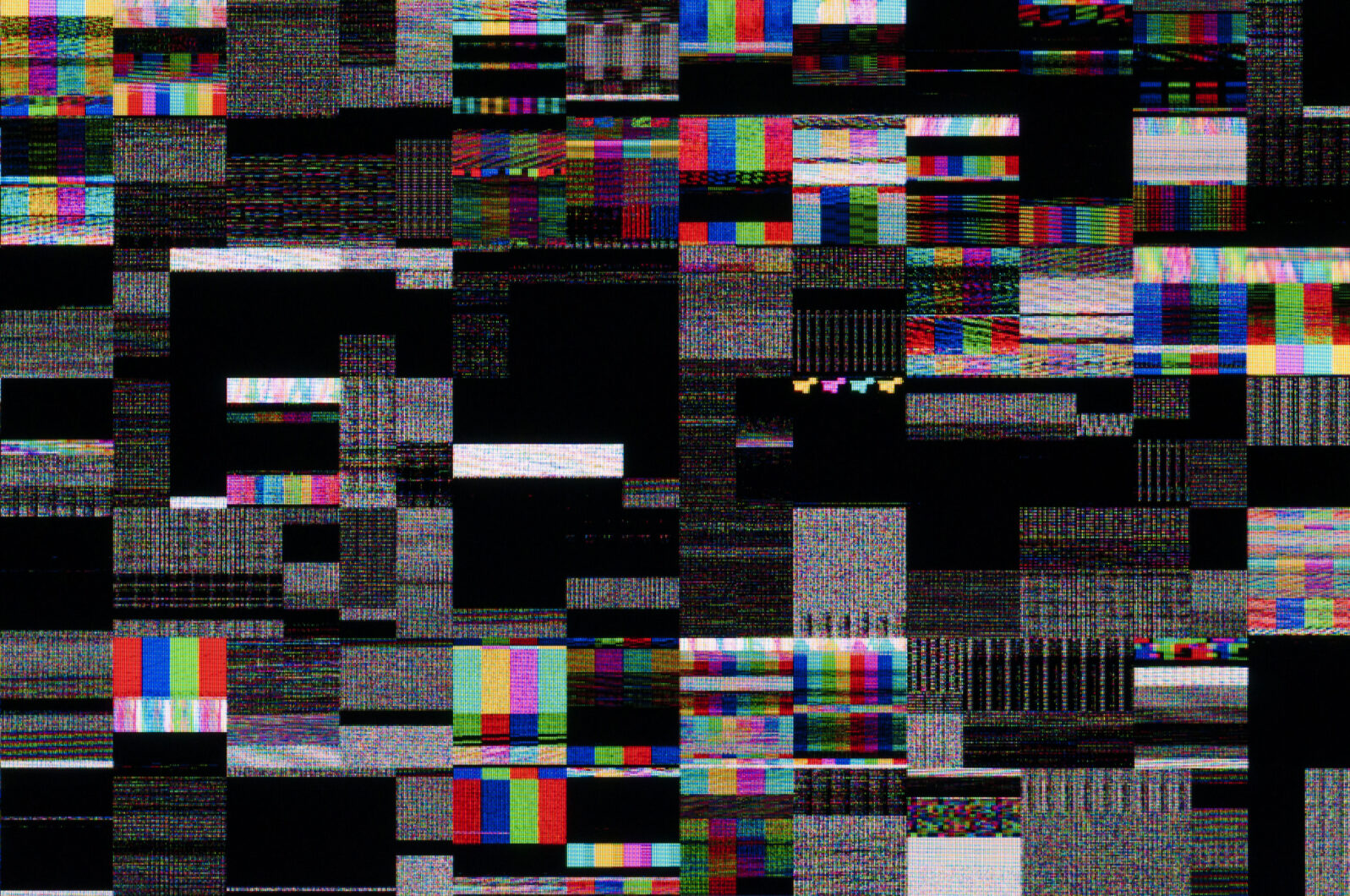There Is a Glitch in the Description of DNA as “Software”
In contemporary culture, we are asked to believe - in an impressive break with observed reality - that the code wrote itselfIn the short film, “DNA Is Code: Who Coded It?”, the third in the Science Uprising series, genome mapping entrepreneur Craig Venter informs us that DNA is “actually the software of life.” Darwinian biologist Richard Dawkins announced some time ago that it is “almost exactly like a computer tape.”
Really? It’s not clear, in an age of daily discoveries in epigenetics, that DNA is exactly like a computer tape. Or like anything that either runs without interference or stops. Life forms are more like individual stories moving through time, shaping and getting shaped in a variety of ways as they go.
Software geniuses do not create anything like that, or so far have not.
Bill Gates admits (at .48) that “DNA is more advanced than any software ever created.” “Advanced” is an interesting way of describing DNA, given that the life that requires it must be at least three and a half billion years old. Life forms underwent many changes in the meantime and became larger and more complex but their platforms seem largely the same.
In contemporary culture, we are asked to believe, in an impressive break with observed reality, that the code wrote itself. No wonder the students’ screens freeze in the film. It’s a lot to demand of them, just so they can stay in sync with top contemporary thinkers.
Of course, the top thinkers will reply, it’s really simple. Random mutations that enable survival are passed on and the accumulated changes produce new organisms. But that doesn’t explain how the code got started and, as the narrator points out, it’s fundamentally at odds with what we know to be true about glitches in general, including computer glitches.
The narrator asks: “If we know that glitches won’t produce a new computer game, how much sense does it make to believe that glitches, DNA errors in our copying code, could produce new organisms?”
Well, it doesn’t make sense in relation to what we observe of the natural world but it makes a great deal of sense to those who need to avoid conflict with current institutional authorities.
For example, mainstream studies are funded, some perhaps with tax money, on why so many people don’t “believe in” evolution (as the creation story of materialism). The fact that their doubt is treated as a puzzling public problem should apprise any thoughtful person as to the level of credulity contemporary culture demands in this matter.
So we are left with a dilemma: The film argues that there is a mind underlying the universe. If there is no such mind, there must at least be something that can do everything that a cosmic mind could do to bring the universe and life into existence. And that entity cannot, logically, simply be one of the many features of the universe.
Yet, surprisingly, one doesn’t hear much about mainstream studies that investigate why anyone would believe an account of the history of life that is so obviously untrue to reason and evidence as contemporary materialism.
If there is indeed a science uprising, we need not be too surprised.
See also: Episode One: Reality: Real vs. material
and
Episode Two: No, You’re Not Robot made of Meat
Notes on previous episodes:
Seven minutes to goosebumps (Robert J. Marks) A new short film series takes on materialism in science, including that of AI’s pop prophets
Science Uprising: Stop ignoring evidence for the existence of the human mind Materialism enables irrational ideas about ourselves to compete with rational ones on an equal basis. It won’t work (Denyse O’Leary)
and
Does vivid imagination help “explain” consciousness? A popular science magazine struggles to make the case. (Denyse O’Leary)
Further reading on DNA as a code: Could DNA be hacked, like software? It’s already been done. As a language, DNA can carry malicious messages
and
How a computer programmer looks at DNA And finds it to be “amazing” code
